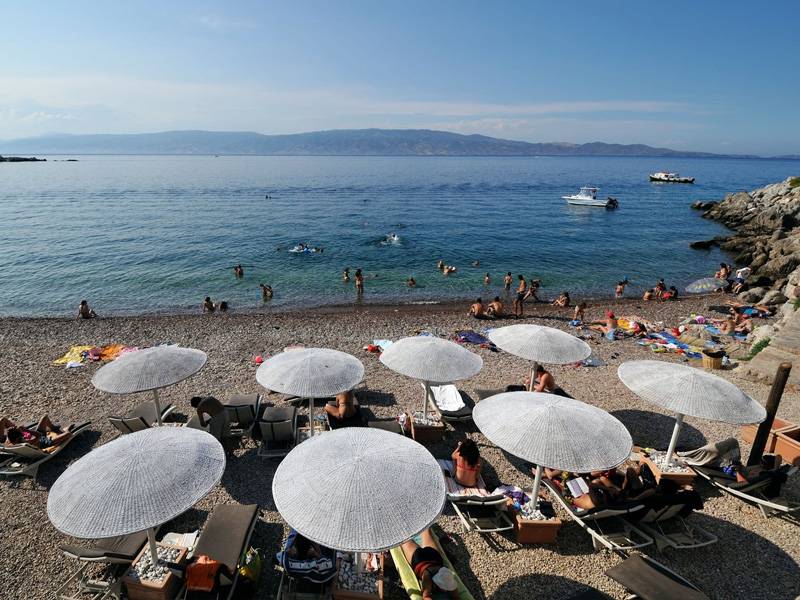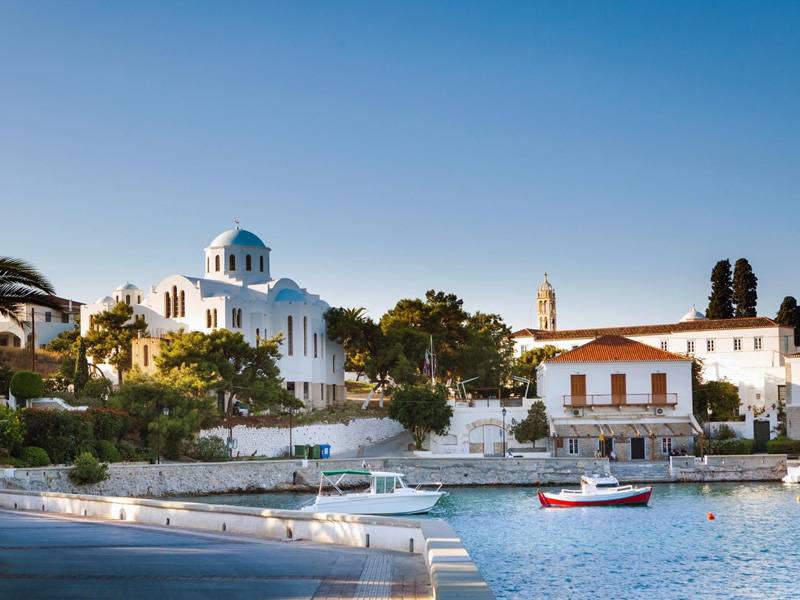
Hydra
The Hydra gulf lies between the Saronic Gulf and the Argolic Gulf and is one of the most popular yacht charter areas in Greece. The island of Hydra (ancient Hydraea) itself is a bare monolithic ridge of limestone, 12 km long by 5 km wide, lying off the south-east coast of the Argolid. Arid and infertile, it lives mainly from the tourist trade and the sale of craft products (jewellery, pottery, embroidery, hand-woven cloth, leather-work). A tempting local specialty is the almond cake called amygdalote. North-west of Hydra is the little grazing island of Dokos (the ancient Aperopia), with the village of the same name in a sheltered bay on the north coast. The mainland (in fact the Peloponnese peninsula) features many interesting anchorages and the handsome village of Ermioni.
Hydra was already settled in Mycenaean times, but was of little importance until the 18th century. In the 15th century and again in 1770, after the revolt in the Morea, Albanian refugees made their home on the island, and as a result of their efforts – in trade and shipping, but also in piracy – it became prosperous and wealthy. During the War of Greek Independence the Hydriots converted their trading vessels into warships and met a large proportion of the cost of the war.
The little town of Hydra, climbs picturesquely up the slopes of the hills round its sheltered harbour on the north coast of the island. It is now a favorite resort for painters and intellectuals, who give the town its particular aspect and atmosphere. On the quay is the old Conventual Church of the Panyia (17th c.), with a beautiful cloister.
Hydra was already settled in Mycenaean times, but was of little importance until the 18th century. In the 15th century and again in 1770, after the revolt in the Morea, Albanian refugees made their home on the island, and as a result of their efforts – in trade and shipping, but also in piracy – it became prosperous and wealthy. During the War of Greek Independence the Hydriots converted their trading vessels into warships and met a large proportion of the cost of the war.
